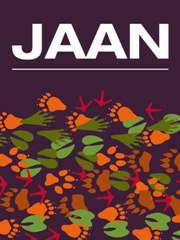Article contents
The Role of Coated Sodium Butyrate on Performance of Broilers Fed High Protein and Reduced Energy Diets
Published online by Cambridge University Press: 20 January 2016
Summary
Addition of butyrate or its salt has been reported to have a positive impact on growth performance in broilers due to its bactericidal and bacteriostatic properties. This study investigated the effect of enterically coated dietary sodium butyrate (SB) on broiler performance. In experiment 1, 408 day-old male Ross 308 chicks were used in a 2 × 2 factorial design. Factors were dietary energy (standard or minus 50 kcal/kg relative to standard diet) and coated SB level (0 and 1 g/kg). In experiment 2, 2160 day-old male Cobb 500 birds were used in a 2 × 2 × 2 factorial plus one arrangement of treatments. Factors included grain source (corn or wheat); protein level (standard or high); coated SB level (0 and 1 g/kg) plus a treatment using 2 kg SB in a high protein wheat-based diet. The results from the experiments showed no effect of coated SB on performance at 1 g/kg inclusion in feed across the ME range or across basal diet type (grain) or protein level (P > 0.05). However, birds fed the high protein wheat diet with 2 g/kg SB had higher body weights than the control birds at 10 and 24 days old. Birds fed high protein diets had lower body weight gain (WG) than those fed standard protein diets (P < 0.05), whereas birds fed corn based diets had higher WG than those fed wheat based diets (P < 0.05). Birds fed high dietary protein or wheat based diet showed decreased pH of caecal contents. The results indicated that dietary coated SB had no effect on broiler performance, the concentration of caecal and ileal short chain fatty acids (SCFA) or intestinal pH. Higher inclusion levels may play a beneficial role but this warrants further investigation.
- Type
- Original Research
- Information
- Copyright
- Copyright © Cambridge University Press and Journal of Applied Animal Nutrition Ltd. 2016
References
- 1
- Cited by


